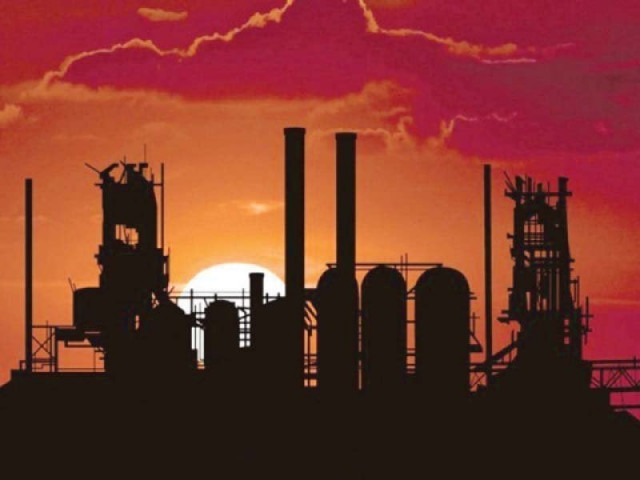Growth impediment: Punjab’s issue is employment generation: PERI director
Anwar says entrants to labour force higher than current employment opportunities

Anwar says entrants to labour force higher than current employment opportunities
PHOTO: FILE
“Employment generation is the biggest challenge for Punjab’s economy,” Anwar told The Express Tribune. He further said that the growth in new entrants to the labour force is higher than employment opportunities currently being generated.
DigiSkills initiative: PTCL partners with Virtual University
The government has invested heavily in skill development programmes and other key areas like social-infrastructure to attain expected outcomes from the Punjab Growth Strategy 2018. The province is burdened with a younger population, which is almost 65% of the total workforce, coupled with rural-urban and migration to urban cities, primarily Lahore.
PERI has recently launched its third economic report, which suggests that the total labour force of Punjab is estimated to be about 36.92 million, which represents about 35.3% of the provincial population. Moreover, the aggregate labour force of Pakistan in 2015 is estimated to be around 61.04 million.
In Punjab, the labour force in between years 2007-2015 grew at an average rate of 2.8%, while the employment rate has grown slightly slower at 2.3%. This, the report said, results in some 34.6 million people employed and around 2.32 million unemployed in Punjab. In the last eight years, the province has been able to create over 5.5 million jobs, while not being able to absorb 0.6 million new workers.
Anwar said that Punjab is already taking the lead in different initiatives, like investing in infrastructural and social-infrastructural development, enhancing skill developments, information technology, power and more. “The Gross Provincial Product (GPP) of Punjab has reached 5.6% and currently it is contributing 55% to the national economy. To further fuel the economy, the government is now increasing its stakes in other key sectors like power sector, mines and minerals,” he said.
For Anwar, diversifying in other sectors is the next stage. He said in the past only roads, bridges and allied activities were considered as development.
“This cannot help the huge populous province to feed its inhabitants; Punjab has to take the lead in transforming its economy as per global standards, which has already been initiated.”
He said there is a misconception that the provincial government only focuses on infrastructure and ignores other key areas. “From an economic point of view, infrastructure developments are not only meant for roads and transports, it also includes communication, social infrastructure and irrigation,” he said. “The province spends around 19% of its Annual Development Programme on roads and a same percentage of ADP is going for irrigation. If there is no irrigation there will be no agriculture, and if there is no road or communication network you cannot even imagine growing your GDP,” he added.
Corporate Corner: PHD Pakistan wins silver
Anwar termed proper utilisation of resources as another challenge for provincial managers. “Our real issue is not the resources but the mechanism or expertise to properly and fully utilise the resources; if you have Rs100 and you are only able to spend Rs68 in a year, it doesn’t mean you have limited resources,” he said while indicating the lower ADP utilisation by different governments.
He further said that information technology and its adoption in all sectors is the key. “If IT-based structure is incorporated in our taxation system, then our resources will automatically increase, as per Harvard’s study in Lahore and Faisalabad. If property tax inspectors have been provided with incentives than the tax collection will increase, by incorporating such reforms resources will increase and ultimately help in reducing various taxations,” he added.
Published in The Express Tribune, February 4th, 2018.
Like Business on Facebook, follow @TribuneBiz on Twitter to stay informed and join in the conversation.



















COMMENTS
Comments are moderated and generally will be posted if they are on-topic and not abusive.
For more information, please see our Comments FAQ